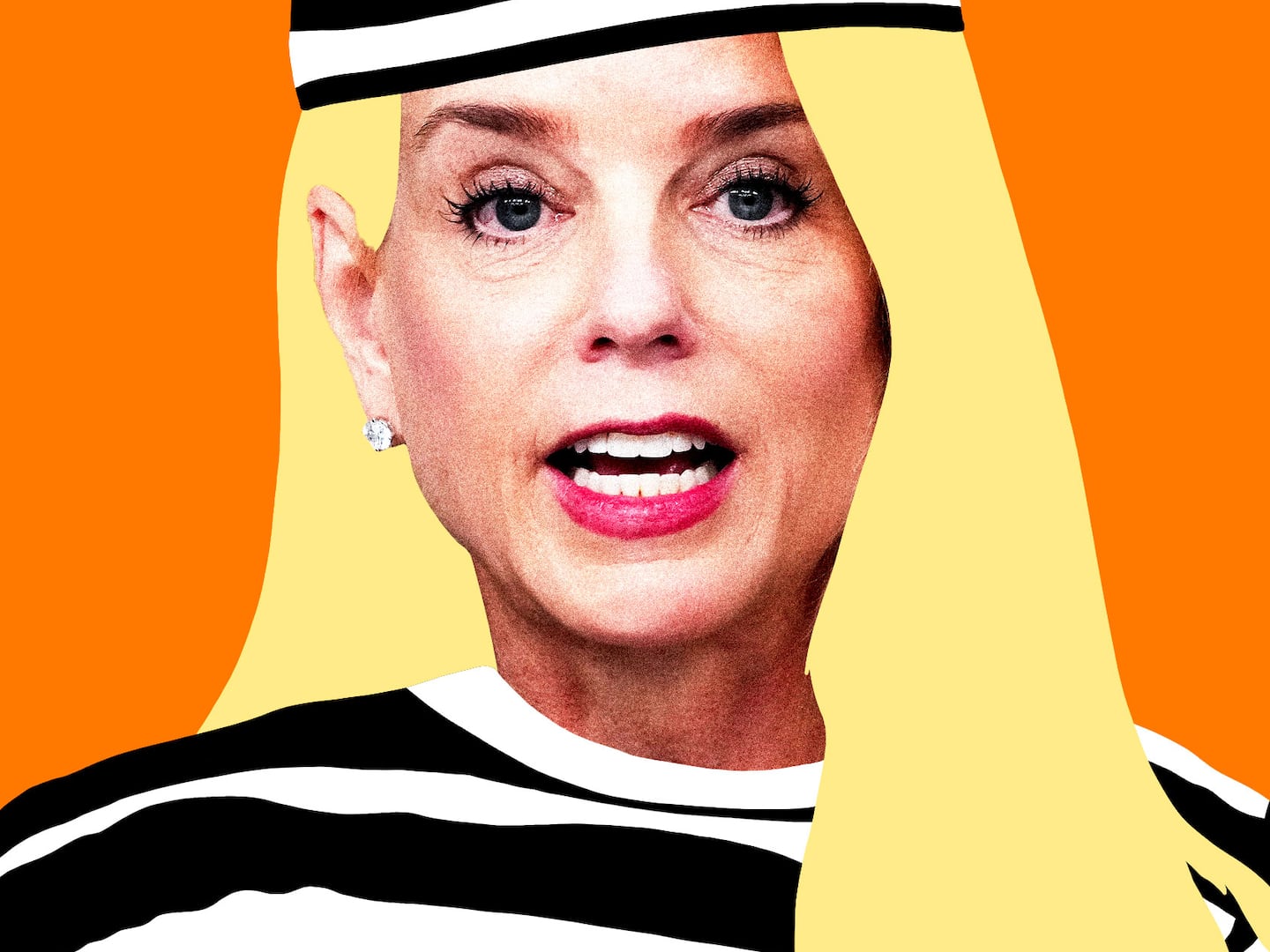As part of President Barack Obama’s plan to make community colleges free, he included a modest component designed to decrease the tax discount people receive when they save for their children’s college. That idea lasted exactly five days before it died in Washington as members of both parties rose up in outrage. It wasn’t part of the budget proposal the White House released Monday.
The savings plans, called 529 plans, provide a tax credit that Republicans heralded as aid for the middle class. John Boehner, leader of the Republicans in the House of Representatives, said “529 plans help middle-class families save for college, but now the president wants to tax those plans.” If you want to score political points, accusing someone of attacking the middle class is always an easy way to do it.
But do 529’s help the middle class? Most experts agree: Not really. The vast majority of the benefits from them go to people who make more than $200,000, which is fewer than 4 percent of all tax returns filed. A Government Accountability Office study from 2012, said that the average 529-holder had three times the income and 25 times the wealth of those without. Even people who said they thought saving for college was important were unlikely to save: only about 1 percent did. Maybe they looked at the numbers and realized it wasn’t worth it: The average saver has a little more than $20,000 in their 529 account, which would cover maybe the first year of a public four-year college in most states. Susan Dynarski, an education tax policy expert at the University of Michigan, called 529’s “incredibly expensive, poorly targeted, ineffective” on Twitter, which is heavy duty criticism in the world of economics.
It’s also true that most tax credits , like the mortgage-interest deduction, benefit upper-middle-class and rich the most, but they remain popular with voters despite that fact. Americans like the idea of “tax breaks” more than they like the idea of actually being able to afford something.
Most tax breaks are complicated, but the gist is this: you get more of a break when you owe more taxes and when you spend more on the items with the discount, which means the richer you are, and the more you spend, the better they are for you. The lower you go down the income ladder, the less help tax deductions are, until they’re no help at all. None of us pays taxes on the first $6,200 we earn, and to take advantage of deductions and credits on things like mortgages or savings for college, you have to spend substantially on those items to reach a point where the tax break totals more than the standard $6,200. Most middle-income families don’t save enough in a 529 or spend enough on their mortgages to get past that point.
The tax code helps the poor and working class only when tax credits can be included as part of their refunds—which the mortgage-interest and 529 deductions are not. When refundable credits are stacked up, many low- and middle-income Americans pay negative federal income tax. In 2009, the number of families that got more back in taxes than they actually paid was the famous 47 percent.
So who do tax breaks help? They’re a sop to the rich, like many things in our tax code. Obama has, at various times, said he wants to find ways to tax the rich more, mostly by closing the sweet loopholes they take advantage of, like increasing taxes on things like inherited wealth and the income companies make overseas more. His budget repeats those ideas, and increases spending for working- and middle-class Americans.
In theory, Americans like the idea of taxing the rich more to better help the rest of us. Yet things like the mortgage-interest deduction and, now, apparently, the 529 plans are sacrosanct. Though they only help people in the low six figures and higher, they have the precious “middle-class” label affixed to them. Most Americans believe they’re in the middle-class even when they’re below or above it, and that’s partly because the term isn’t firmly defined. Policy-makers use it to mean people who earn around the median income, which is around $50,000 right now. But in the popular understanding, middle-class is sort of an idea or an aspiration, a vague notion of living a life of modest but reliable comfort and paying one’s bills on time.
Indeed, Americans tend to define middle-class not in terms of income, but in terms of what they can afford. Middle-class Americans live in a house, drive a car, take the occasional family vacation, and want to send their kids to college. Until now, it didn’t matter how much debt they accrued to do so. (And it’s a lot of debt. For college, all student debt totals more than $1 trillion, and a study from the Government Accountability Office in December found that families are paying more for college tuition than state governments are.)
Robert Greenstein, president of the Center on Budget Policy and Priorities, argues that Obama’s overall budget will do more to help the actual middle class than the 529’s do. Among the surviving plans: expanding and making permanent a refundable tax credit families get when they spend money on college tuition called the American Opportunities Tax Credit, which actually goes to low- and middle-income families.
There are also ways to make college-savings programs actually help lower-income Americans by providing seed money and encouraging savings with matching funds: Justin King, at the New America Foundation, outlines those ideas here. (Full disclosure, I am a fellow with the New America Foundation.) And making community colleges free could be a step in the right direction toward encouraging state governments to pick up more of the tab for all of higher education.
It’s too bad that this Congress is especially unlikely to pass any of Obama’s proposals, but it’s even worse that some components of the plan were shed before they were even introduced. Democrats can safely go after the uber rich from time to time, and few politicians worry much about the very poor. But the upper-middle-class—the professional-class doctors and lawyers and business people, whose wealth seems within sight for the working-class even if they’ll never make that much—are untouchable. Worse for anyone who really wants sensible tax policy, the upper-middle-class vote and get on the phone with their Congressperson any time a proposal like Obama’s comes up, ready to kill it before it gets started.
Monica Potts is a fellow at the New America Foundation.





